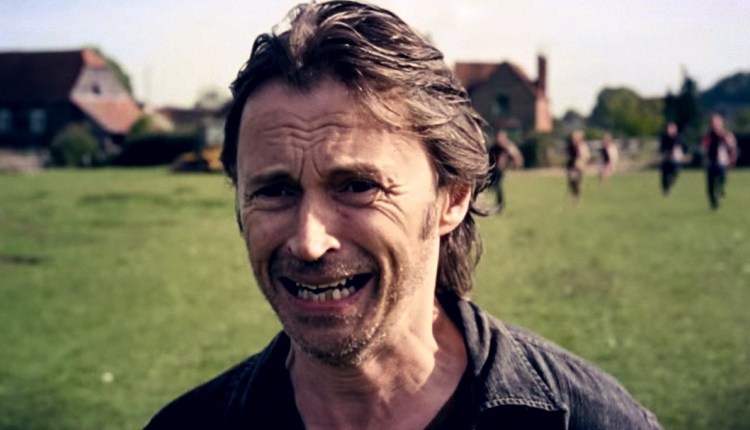
This past decade has seen the rise of so-called “elevated” horror. A host of budding auteurs have re-upped the genre with doses of prestige, social relevance, and awards prospects. While this is mostly good news, it has turned attention from one of the genre’s most enduring, and trashy, facets: the sequel.
Sequels don’t get much or respect in general, save maybe superhero movies, but horror sequels have a long history as downright awful, schlocky, unnecessary cash grabs that insult one’s intelligence and offer little to anyone except diehards and completists. Still, some horror sequels transcend this no man’s land of crap, and when they do, they do so in a big way. Some horror sequels that succeed enter the cannon as great films in their own right. Not great for a sequel. Not great for horror. Just great. Many of the films on this list do just that, the rest are just damn good.
Some films ultimately fell off this list for certain reasons. Both The Exorcist 3 and Halloween: Season of the Witch (the third instalment), do well on lists like these, but both films were envisioned as standalone, non-franchise efforts that had the sequel label attached later. Both the Paranormal Activity and Final Destination franchises delivered sequels that were bigger, better, and more effective, but they just couldn’t match the quality already in the cannon. We also excluded anthology sequels because even though V/H/S 2 and The ABCs of Death 2 were both as effective as their predecessors, their omnibus structure takes the pressure off continuing a story.
A number of recent entries have also impressed: The Conjuring franchise has built its own cinematic universe; It 2 was a box office powerhouse that more or less delivered in grand style; Happy Death Day 2 U and Unfriended: The Dark Web both went to clever new places that made critics grin and will hopefully be appreciated over time. These films might make the list in a few years.
Without further ado:
10. Inferno and Noriko’s Dinner Table
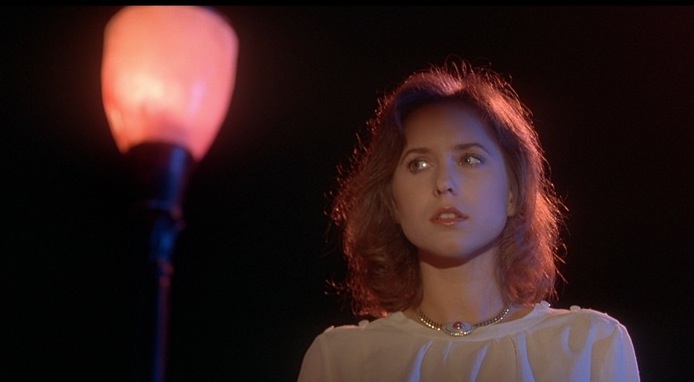
While starting with a tie may not be the most straightforward gesture, it’s hard to deny that both films occupy a similar place in their cannons. Inferno is Dario Argento’s sequel-of-sorts to undeniable horror classic Suspiria, and Noriko’s Dinner Table is a sequel and prequel to the mid-2000s exercise in discomfort that is Suicide Club (also called Suicide Circle). Both sequels are oft incomprehensible (especially if you’ve not seen the prior films) and utterly wild forays into terror.
Inferno is a thematic sequel to Suspiria, and while this might not be enough for some fans, it carries Argento’s trademark menace and hallucinatory images while delving deeper into some of his former film’s mythology. Inferno is the second part of the Argento’s Three Mothers Trilogy, and it was initially so derided that the final film wouldn’t be released until 2007, 27 years after Inferno. Over time, it has come to be described as underappreciated and eventually great.
Unlike Argento, Noriko’s Dinner Table director Sion Sono hasn’t been able to finish the trilogy he envisioned with Suicide Club, and it’s unclear if he ever will. Noriko’s Dinner Table occurs during the events of the first film and offered some clues as to its mysteries. While it drags at times and its ambiguity can be frustrating, Noriko’s Dinner Table also gives depth to the first film and acts as a puzzling, disturbing observation on changing values and the role of family. Hopefully, this series will get closure the way Argento’s did.
9. Gremlins 2
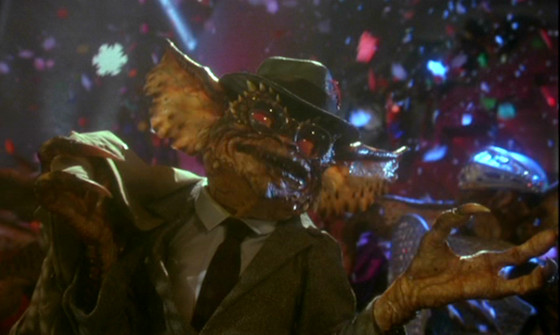
Gremlins 2 almost didn’t make this list partially because there’s really nothing else to say about it that Key and Peele didn’t already say in their behind the scenes documentary [sic] looking at how the film came together. But as a sequel, Gremlins 2 really is something.
Gremlins hasn’t aged well in some regards as its origin element is an especially problematic representation of orientalism and exoticism. But Gremlins 2 is such a tonal shift that it’s hard to hold the mythology against it. Itself a comment on sequels and how corporate synergy worms its way into every attempt at art or story in order to maximize profits even as it desiccates the actual resource, Gremlins 2 is an almost literal madhouse. Gremlins literally run wild, and if the first film veered in and out of the horror lane, this instalment is fully committed to the comedy.
And despite what decades of critics and online commenters have said, it still works largely because the titular creatures are terrifying and cleverly grostesque, the visual equivalent of an LSD-dosed Salvador Dali willing into existence gargoyles for a new generation. Director Joe Dante’s career has never been the same, as if Hollywood is punishing him for running his mouth and raising awareness of a studio system that is, more often than not, intellectually corrupt. But what a sword to fall on.
8. Hostel 2
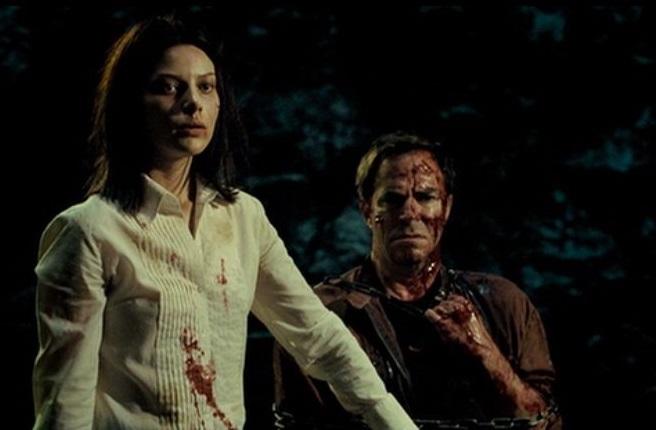
It’s easy to dismiss the Hostel series as shameless torture porn, and it’s even easier to dismiss Hostel 2 as unnecessary and repetitive. But Hostel 2 smartly built on the mysteries of the first film to expand the universe, recognizing that the most horrific aspect of the premise wasn’t the actual violence so much as the system that turns the unspeakable into matters of logistics.
Franchises like The Purge and Unfriended recently delivered effective, even superior sequels by growing the in-movie world and attaching social relevance to the plot, but it’s hard to imagine them getting there without Hostel 2 to guide the way. While its other torture porn forebearer, the Saw franchise, looked inward with each instalment carving out a place in an earlier film, Hostel 2 wisely built out.
Eli Roth may be one of Hollywood’s most bro-iest directors, and Hostel 2 begins (and was marketed as) the braindead T&A model that horror sequels were known to be, but it turns these tropes inside out, wisely subverting expectations and gender roles despite unfortunately never shaking that male gaze. More than this, as a sequel, Hostel 2 doesn’t play it safe. The world it depicts is hopeless. Ruthlessness and cruelty reign, and no one is safe from the bitter truth that anything can be bought. It resembles our world more than ever and is scarier than ever because of it.
7. 28 Weeks Later
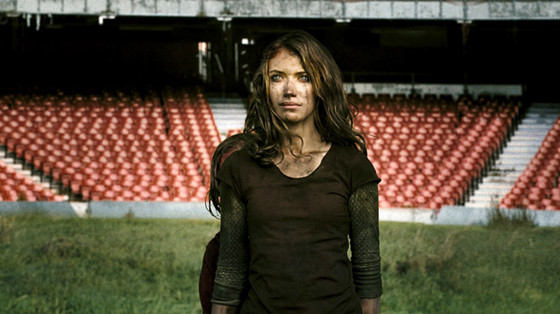
The 28…Later series, steered by Danny Boyle and Alex Garland, was always supposed to be different, like an antidote to years of stale, studio-driven horror fare that failed to excite or scare. 28 Days Later used a handheld approach with a sped-up tweak on the zombie and a refusal to ever actually say zombie to reinvigorate the genre.
28 Weeks Later stands alongside its predecessor. With a bigger budget, fans were prepared for a soulless retread that would forever damn the franchise to mediocrity. Instead Boyle and co. brought in new talent, upping the stakes but retaining the stripped-down aesthetic and dread that defined the first one. It also asked bigger questions, riffing on themes of survivors’ guilt, bravery and family while making room for more monsters and more tension. Most horror sequels are happy to recycle, but 28 Weeks Later does something rare: it inverts the structure of the first one, highlighting things the first movie couldn’t deal with, and the result is equally thrilling and horrifying.
6. Halloween
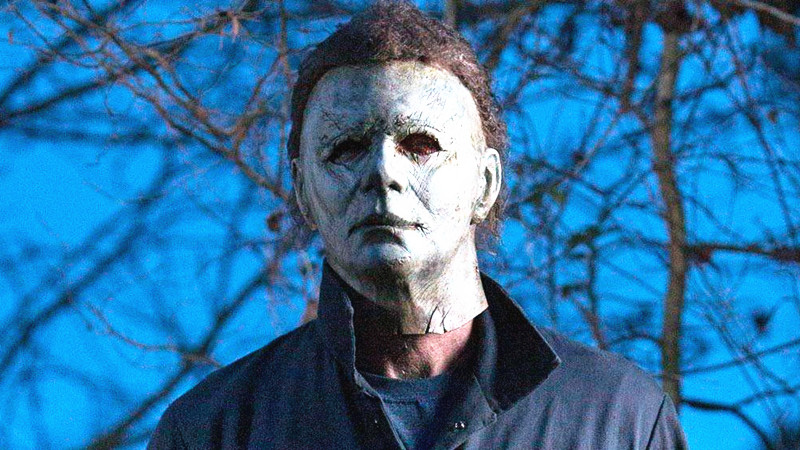
Late 2010s-Hollywood had a moment where it saw the value in treating intellectual property with respect. The new It films were produced and cast with care. Doctor Sleep is a high concept, high budget follow up to one of the greatest horror films ever that was made with top talent. It’s hard to imagine these productions moving forward without the support of the 2018 Halloween entry, which made the case for re-writing the cannon and ensuring the right talent was on board.
Ignoring every Halloween sequel, this film dispenses with numerous lukewarm efforts to continue the Michael Myers saga. What it delivers is a curious summation of all its parts and extra ones too—benefitting from what amounts to decades of trial in error, Blumhouse enlisted prime indie talent and John Carpenter for music and mood while grounding the series.
This Halloween manages to retrofit the entire franchise with gravity and self-respect even as it amps up the menace and dread. Laurie Strode is a survivalist who has made her PTSD into a battle cry, and despite the many throwbacks to the original and to slasher archetypes, it’s refreshing and effective to see a film engage with the effects of slasher violence realistically. That the whole thing works is a testament to the respect the filmmakers have for the material. Given that Blumhouse greenlit two more Halloween sequels off the back of this one was enough to make fans wonder if the quality would keep or if the industry was reverting to old tricks.